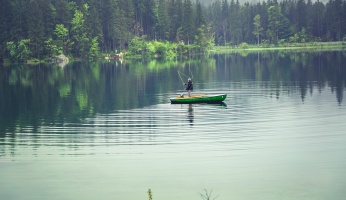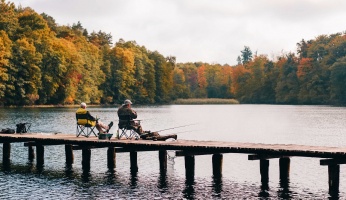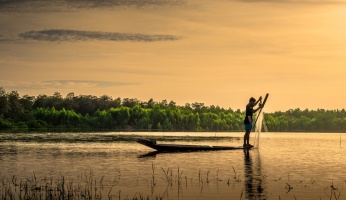Saltwater Fishing Tips for Beginners
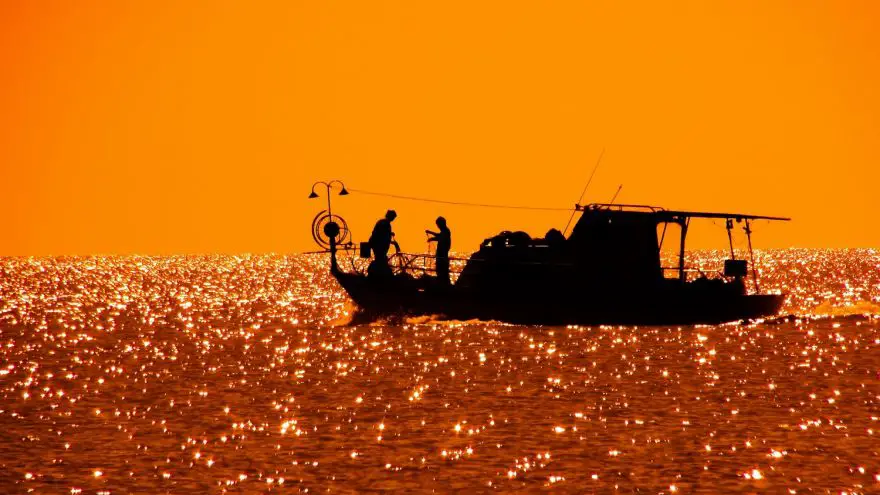 Saltwater Fishing Tips for Beginners
thegearhunt.com
Saltwater Fishing Tips for Beginners
thegearhunt.com
For new fisher people, saltwater fishing can be quite exciting if you happen to know both where the fish are and how they can be caught. The following paragraphs will give you advice and tips that will get you started. If you are heading out to the ocean for the first time, it is always good to bring a buddy along or to let someone on shore know exactly where you will be heading. It is not uncommon for saltwater fisher people to have accidents right near the shore and get injured. However, don’t let that stop you from getting started with your first experience with this sport. You will come to find that the ocean has quite a bit to offer the burgeoning fisher.
Before getting started on your first fishing expedition, you need to decide what type of fish you want to catch. Here is a short list of some of the more popular fish that many people start with. I would personally recommend flounder because they can be easy to catch and are often found in great numbers.
- Scup
- Bluefish
- Tautog
- Flounder
- Striped bass
As with any other type of fishing, it is always critical to either try and find the fish or to at the bare minimum have some sort of idea where to look for them. This is quite handy due to the sheer size of the ocean. To that end, I will begin by talking about some of the better places to fish and a couple of indicators of where it might be a good place to fish.
Good Spots for Saltwater Fishing
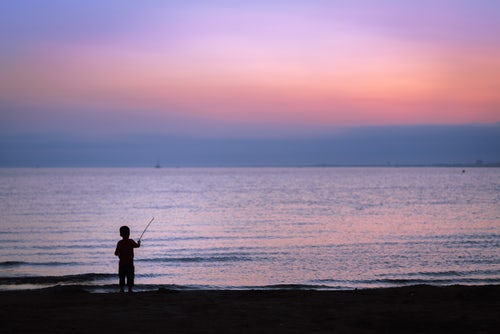 When it comes to this, the best advice you will get from anyone is to talk to local anglers, people you might know and trust. In fact, you should talk to as many of them as possible in order to get advice on both locations to fish and the sort of tackle that will work the best. However, there are a few things that you can watch out for yourself while you are out on the water. Pay close attention to nature because a free meal will rarely go unnoticed for long periods of time. If you happen to notice flocks of seagulls diving into the ocean, the odds are good that you will find at least some bait fish there. You should also pay close attention to the vegetation because the striped bass tend to feed around the eel grass.
When it comes to this, the best advice you will get from anyone is to talk to local anglers, people you might know and trust. In fact, you should talk to as many of them as possible in order to get advice on both locations to fish and the sort of tackle that will work the best. However, there are a few things that you can watch out for yourself while you are out on the water. Pay close attention to nature because a free meal will rarely go unnoticed for long periods of time. If you happen to notice flocks of seagulls diving into the ocean, the odds are good that you will find at least some bait fish there. You should also pay close attention to the vegetation because the striped bass tend to feed around the eel grass.
If flounder is your target for your first experience with saltwater fishing, you might want to go on a trip that is guided or go along with a friend who has a fishing boat and has experience with fishing for flounder. If you want to take your own boat or rent one, you should look for other boats when you get in the water. If local fisher people are catching flounder, you might notice quite a few boats in a rather small area. When you notice this, it can be a good indicator that there are fish there of one sort or another. Flounder don’t tend to migrate too far during the day, so if you find flounder, make a mental note so that you can remember where they are the next time you head out.
If you want to catch some scup for your dinner, it can be helpful to have a good fish finder. You might also look for areas that are rocky or where there is debris or vegetation on the bottom. A big part of fishing is trial and error, so you might need to try a few different spots before you find one that will net results. If you don’t have any success your first time out, don’t get discouraged and give up. Finding a great spot is just one aspect of the fun of fishing. Try to target shorelines that are rocky and have depths up to 20 feet when you are hunting for scup.
Tackle Needed for Your First Time Out
Maybe you already have a fishing rod. If so, that is great. You don’t need to go out and spend a fortune on a nice one for your first trip out. Even if what you have is technically a freshwater rod, that will do the trick. Rods for saltwater fishing tend to be a bit larger as well as a bit more expensive than the typical freshwater rod. Your local Walmart should have a section for sporting goods. You can find saltwater rods there. There more cost-efficient ones should be under $50.
While you are there, you might want to add a few more things to your shopping list. These include things like:
- Scup hooks
- Teardrop weights
- 3-way swivels
- Flounder hooks
- Flounder jigs
- 10 lb. or 15 lb. test line
This should be the extent of what tackle you will need for your first trip out. There isn’t any need to buy everything in the fishing isle… yet.
How to Rig for Scup Fishing
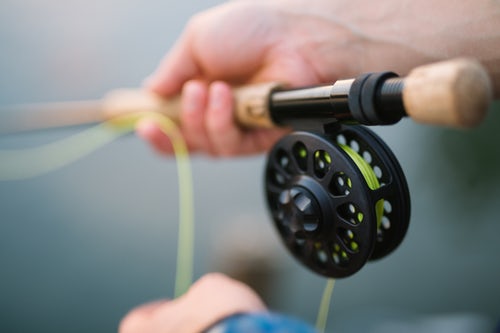 If you want to catch scup, you will first need to attach the right rig to your fishing line. The typical rig for scup will consist of a 3-way swivel along with a few of your pre-lined hooks and a tear drop weight that is also pre-lined. This is how to attach it:
If you want to catch scup, you will first need to attach the right rig to your fishing line. The typical rig for scup will consist of a 3-way swivel along with a few of your pre-lined hooks and a tear drop weight that is also pre-lined. This is how to attach it:
You should attach the swivel to your line using a clinch knot. Next, attach the weight to a few feet of 10 lb. line that you need to attach to the swivel. After that, attach the small hooks to the opposite eye on the swivel. Bait the hooks with either quahog or claim worms.
Scup tend to be smaller fish, so a lot of saltwater fisher people tend to use fresh water tackle and poles because of the fact that it is easier to feel the scup when they come to nibble on your bait.
Scup Fishing Techniques
Once you have your rig fixed up the way you like it, fishing for scup is quite simple. Just lower the line to the bottom by flipping your rod’s bail and once it hits the bottom, reel a few turns in until the bait flips. This will be noticeable because you will feel a bit of tension on the line. Once the bait is in place, you can bob it up off the bottom for a few feet a few times. I tend to give it about 10 minutes in each location. If I don’t feel any nibbles, I will move to another position on the boat. If I continue to not feel any sort of activity, I will then move the boat before trying again. Once you have caught your first scup, you will catch many more. This is because they are fish that school, and this means that they are able to be caught in large amounts.
When you do feel that little nibble, set the hook quickly by pulling the tip of your rod up. Scup are good bait stealers so be sure to check it often if you think you may have felt a nibble.
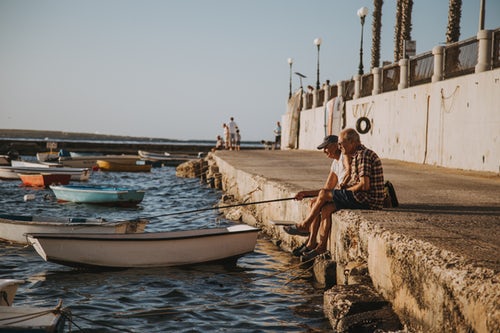
How to Rig for Flounder
Flounder rigs consist of either a flounder jig or a bucktail jig. Bucktail jigs look like small white squid to the flounder. Generally, it will be painted white and there will be an eye right in the front for you to attach your line to. It will also have white horse or deer hair streaming out behind it that covers a hook that is pointed up. It is very simple to attach this jig right to your line and bait it using a small piece of cut squid.
Flounder Fishing Techniques
Do you remember the scup fishing techniques we just discussed? Those same techniques can be used when you are fishing for flounder. They just need a few little modifications. When you are fishing for flounder, it is critical to fish while you are drifting slowly. You might also cast your line and immediately begin to slowly reel it in. Also, the jig should be dragging the bottom or at least be a few inches from it. My experience has taught me that dragging it on the bottom and every 2 minutes or so raising it and lowering it again increases the strikes. When it comes to setting the hook, do it the same way as described when fishing for scup.
Safety
 If you decide to fish near any breaker walls or rock piles, be very careful. Often, when the tide goes back out, it will leave very slick rocks that are covered with sea weed that can be incredibly slippery. Try not to go too far out when you are on your own. Also keep a close eye on the tides. In certain areas, the tide will come in much more quickly than in others. Always have a chat with a local about where you want to fish. You might also want to bring along a safety whistle and wear bright colored clothing.
If you decide to fish near any breaker walls or rock piles, be very careful. Often, when the tide goes back out, it will leave very slick rocks that are covered with sea weed that can be incredibly slippery. Try not to go too far out when you are on your own. Also keep a close eye on the tides. In certain areas, the tide will come in much more quickly than in others. Always have a chat with a local about where you want to fish. You might also want to bring along a safety whistle and wear bright colored clothing.
If saltwater fishing happens to be one of the line items on your bucket list, you are not alone. It is definitely something that should be there, even if you may have tried it before with no success. There are quite a few different ways to catch a plethora of fish species and a multitude of gear that can be used. Rather than relying on your luck and co9ming back home with nothing for the frying pan, you will be better off if you learn a few tips to use that will improve your odds of reeling them in.
Vessels
The first thing you will need for this type of fishing is a boat. This might be something as simple as a row boat or as large as a yacht, depending on how many people will be with you out on the water. As a good rule of thumb, try to find a boat that will be strong enough to not be flipped by strong waves while not being too heavy.
Timing is Crucial
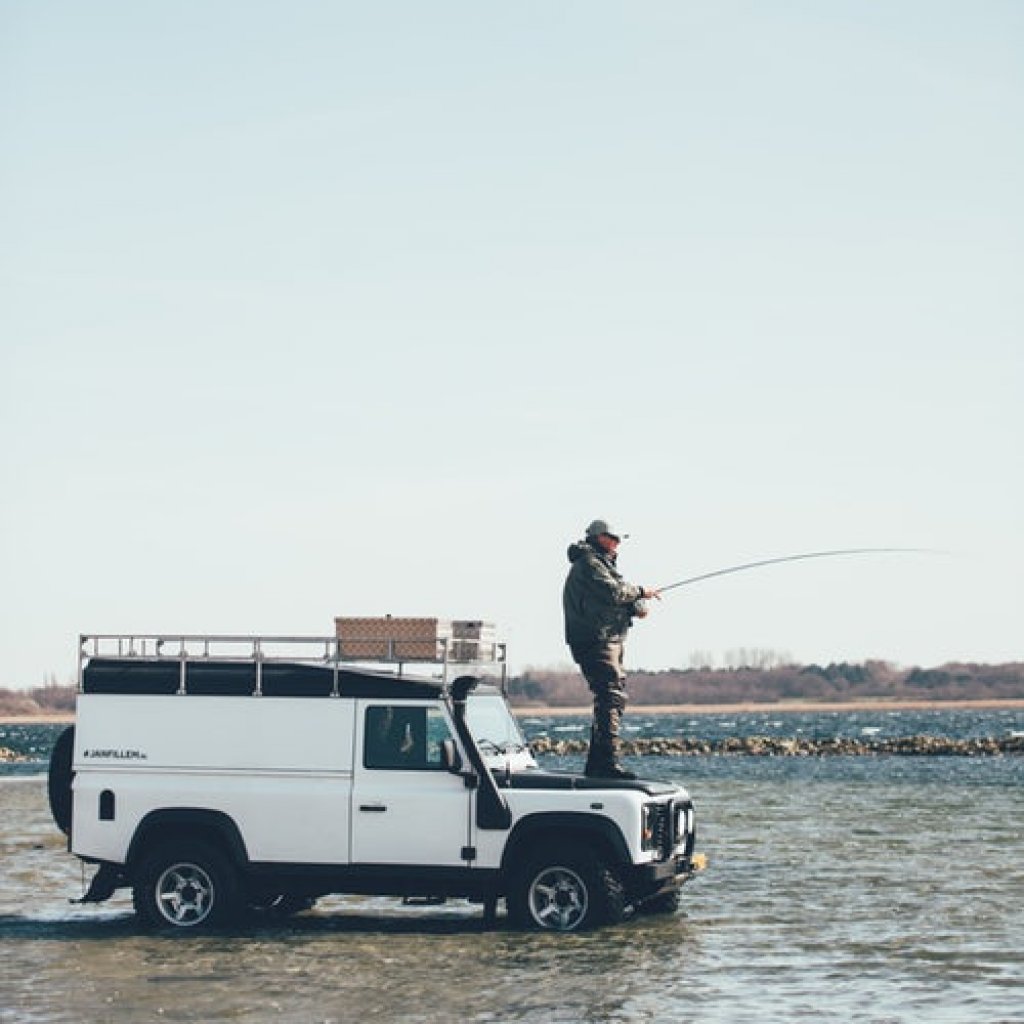 Even when you are familiar with a certain location, going out at the right time of day might make a massive difference. Movements of the water don’t always follow the tidal currents, especially when you are in an inlet or the entrance to a channel. In spots like these, the fish might respond more to the direction and speed of the water than they will to how high the tide is.
Even when you are familiar with a certain location, going out at the right time of day might make a massive difference. Movements of the water don’t always follow the tidal currents, especially when you are in an inlet or the entrance to a channel. In spots like these, the fish might respond more to the direction and speed of the water than they will to how high the tide is.
This just means that you will have to get acquainted with how the various elements affect the movement patterns of the fish. More to the point, you will need to have a good understanding of how the weather conditions, wind, moon, and sun play into this equation. There are quite a few different online sources available for research of this nature but talking to the locals can often be your best source of information when it comes to where different species of fish can be found and the times of day that it would be best to fish for them.
Familiarize Yourself with Your Gear
This might seem to be fairly obvious, but it is critical that you know just how to use any equipment you will be taking on your fishing trip before you even get near your boat with it. It would also be helpful to use brands that you might already be comfortable and familiar with.
Other Tidbits to Remember
-Use the right type of lures. As much as you might want to keep your lures nice and shiny for along time, they will begin to fade at one point or another. For your saltwater fishing, you need to have bright, new lures that will be able to stand out from the water because these will work famously when it comes to attracting the fish.
-Keep your live bait in good condition. When you use live bait, it is crucial that you keep it in good shape. This might mean using an aerator in order to keep them in the right oxygen levels. You also need to keep in mind that the water will need to be changed every few hours.
-Bring along a circle hook. This will come in handy when you prefer larger hook up ratios. These hook the fish in the lip as opposed to the belly and they might increase your chances of catching the fish.
-Finally, remember that you need to have patience. You may be tempted to keep moving from one spot to another while you are trying to locate the fish, but in reality, this will reduce your chances of hooking them. The best approach is to cast a few times using different types of bait before you decide to move on.
Fishing can be the ideal outdoor activity. It is both relaxing and exciting. You get to commune with nature in a unique way. Don’t get discouraged if you don’t catch anything, just keep trying. Be safe and enjoy!
Sources
- You Tube, Saltwater Lure Fishing 101 – Beginners Guide Made Easy to Catch Salt Water Fish with Lures
- Live Outdoors, Saltwater Tips for Beginners
- Mariner’s Insurance, Beginner saltwater Fishing Tips: Tide & Moon Phases
- Trails.com, Salt Water Fishing for Beginners





